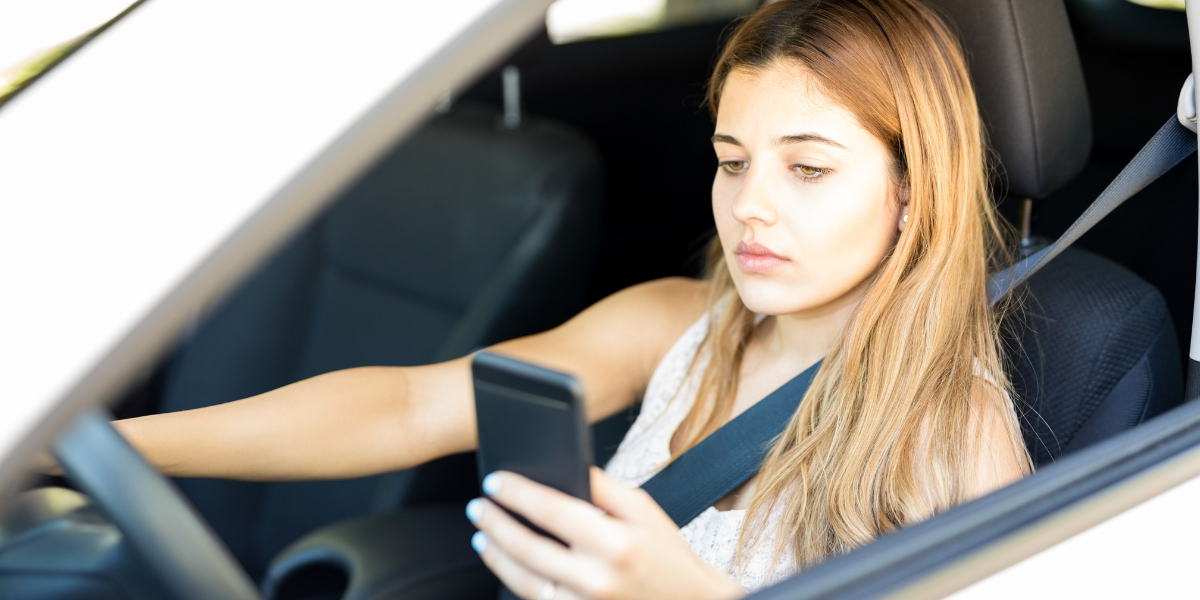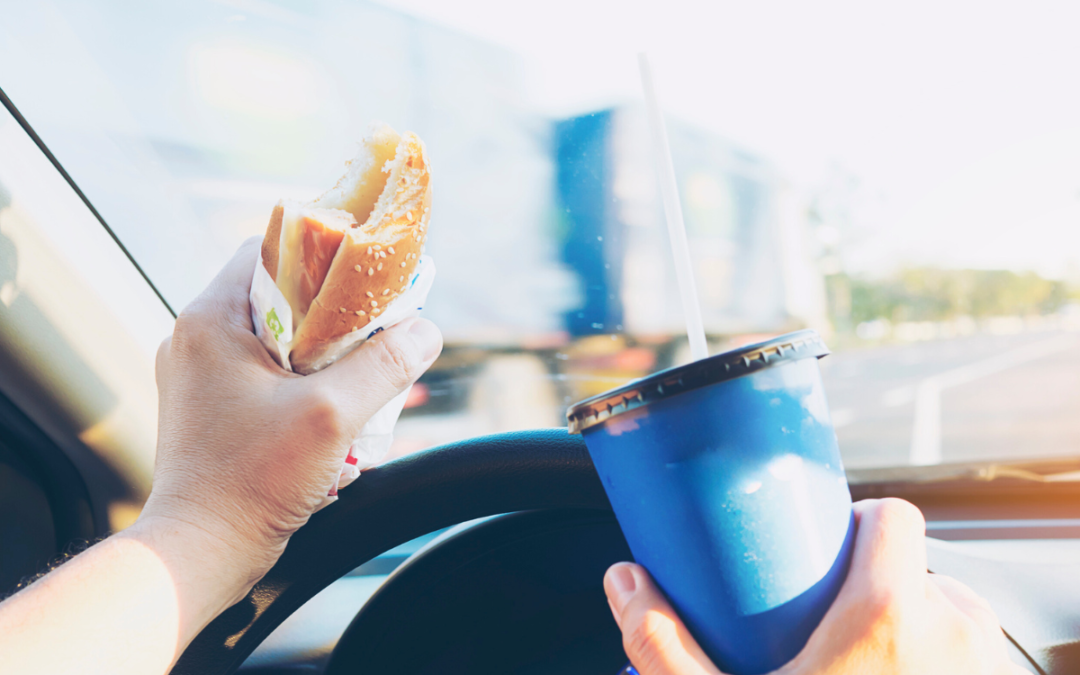Comparing Driving Distractions
In today’s fast-paced world, the temptation to multitask while driving is higher than ever. Among the myriad distractions drivers face, cell phone use stands out as a significant concern. However, it’s not the only distraction on the road. From eating and drinking to conversing with passengers and adjusting vehicle controls, drivers are bombarded with potential distractions. This blog explores how distractions from cell phones stack up against other common driving distractions and the unique risks they present.

The Multifaceted Danger of Cell Phone Use While Driving
Cell phones distract drivers in three critical ways: visually, manually, and cognitively. Texting while driving, which combines all three forms of distraction, poses a particularly high risk. Research by the National Highway Traffic Safety Administration (NHTSA) underscores the dangers, showing a marked increase in the likelihood of accidents when drivers text. This triple threat makes cell phone use one of the most perilous distractions on the road.
The Risks of Eating and Drinking Behind the Wheel
While eating or drinking during a drive may seem innocuous compared to texting, it still poses significant dangers. This activity primarily serves as a manual distraction but can also divert a driver’s gaze and concentration. The risk of spills, which can abruptly shift focus from the road, underscores the potential dangers of eating or drinking while driving.
The Impact of Passenger Interactions
Engaging with passengers is another prevalent driving distraction. Though primarily cognitive, this distraction can vary in its impact. Passengers can act as additional observers, potentially aiding in hazard identification. Nevertheless, the extent of distraction often depends on the nature of the interactions and the driver’s focus.
Adjusting In-Car Controls
Tweaking the car’s internal settings, such as the radio, navigation, or climate controls, diverts attention manually and visually. The introduction of voice-activated systems in modern vehicles aims to mitigate this risk, though effectiveness can vary widely.
How Do Different Distractions Compare?
When it comes to danger levels, cell phone use is often deemed the most hazardous due to its comprehensive distraction capabilities. The NHTSA has found texting while driving to be significantly more dangerous than driving under the influence of alcohol. However, this does not imply other distractions are without risk. Each type of distraction poses unique dangers, with severity influenced by the driver’s multitasking abilities—which are often not as proficient as believed.

Comparing Driving Distractions
Despite the inherent risks of cell phone distractions, other driving distractions also significantly compromise road safety. The cornerstone of safer driving practices lies in recognizing these dangers and actively minimizing distractions. Practical steps include waiting to eat, pre-setting navigation devices, and limiting phone use while driving. Focusing on the road can dramatically lower accident risks, ensuring safer travel for everyone involved.
By understanding the comparative risks of various driving distractions, we can take informed steps toward enhancing road safety and minimizing the likelihood of accidents. Prioritizing attentive driving over multitasking can lead to a safer driving environment for everyone on the road.
Drive with Confidence!
Keep up with all the latest driving news. Expolre our blog packed with essential tips and expert advice on all things related to DRIVING!




